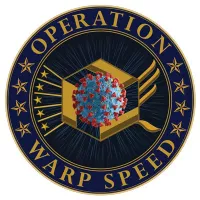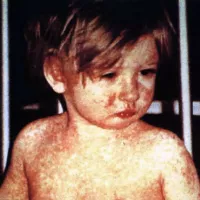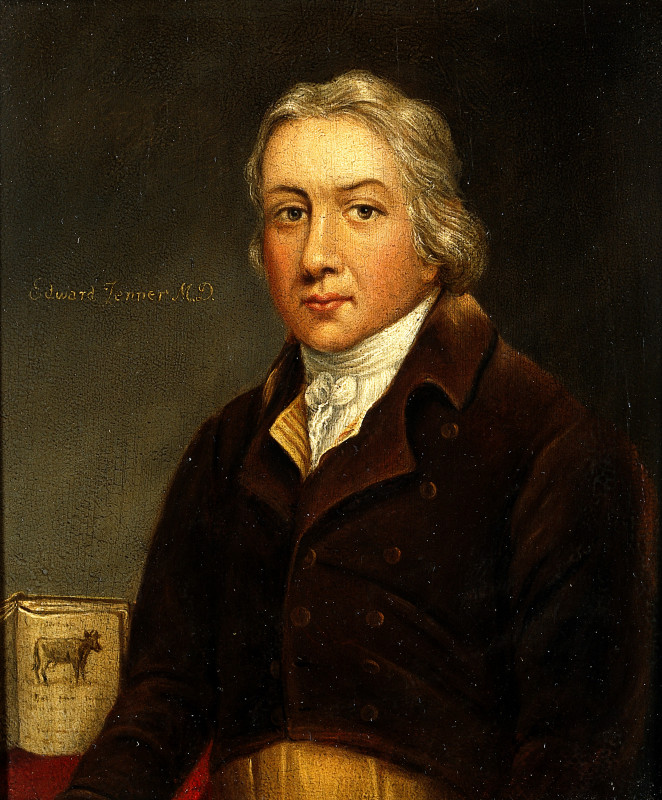A vaccine is a biological preparation designed to provide active acquired immunity against a specific infectious or malignant disease. Its safety and effectiveness are well-established through extensive research. Vaccines typically contain an agent resembling a disease-causing microorganism, often in weakened or killed form, or components like toxins or surface proteins. This agent triggers the immune system to recognize the threat, eliminate it, and develop the ability to recognize and destroy the associated microorganism upon future encounters, thus providing long-term protection.
1928: Diphtheria vaccine incident
In 1928, 12 out of 21 children died after inoculation with a diphtheria vaccine that lacked a preservative, leading to Staphylococcus infection.
1931: Cultivation of fowlpox virus in embryonated chicken egg
In 1931, Alice Miles Woodruff and Ernest Goodpasture documented that the fowlpox virus could be grown in embryonated chicken egg.
1935: Use of eggs for yellow fever vaccine development
In 1935, eggs were used for virus propagation in the development of a yellow fever vaccine.
1945: Use of eggs for influenza vaccine development
In 1945, eggs were used for virus propagation in the development of an influenza vaccine.
1958: Measles outbreak in the United States
In 1958, there were 763,094 cases of measles reported in the United States, resulting in 552 deaths.
1959: Replacement of eggs with cell culture for virus propagation
In 1959, growth media and cell culture replaced eggs as the standard method of virus propagation for vaccines.
1990: Use of pertussis vaccine as adjuvant for anthrax vaccine
In 1990, during preparation for the Persian Gulf campaign, the whole cell pertussis vaccine was used as an adjuvant for the anthrax vaccine to produce a more rapid immune response.
1999: Coining of the term DIVA vaccines
In 1999, DIVA vaccines (formerly marker vaccines) were coined as DIVA vaccines.
2001: Dengue vaccine study
In a 2001 study, it was noted that the DEN-3 serotype of dengue vaccines was found to predominate and suppress the response to DEN-1, -2, and -4 serotypes.
2003: Identification of transgenic plants for vaccine production
As early as 2003, the idea of vaccine production via transgenic plants was identified. Plants such as tobacco, potato, tomato, and banana were considered.
2005: Thiomersal content in childhood vaccines in the U.S.
As of 2005, the only childhood vaccine in the U.S. that contains thiomersal in greater than trace amounts is the influenza vaccine, recommended for children with certain risk factors.
2005: Development of hepatitis B vaccine-producing bananas
In 2005, bananas were developed that produce a human vaccine against hepatitis B.
2006: Introduction of shingles vaccine
In 2006, a vaccine was introduced against shingles, a disease caused by the chickenpox virus, which usually affects the elderly.
2008: Measles cases linked to international importation
In early 2008, 64 suspected cases of measles were reported. Fifty-four of these infections were linked to importation from other countries.
2009: Human papillomavirus vaccine recommendation in the UK
As of 2009, the human papillomavirus vaccine is recommended in the UK.
2011: Human papillomavirus vaccine recommendation in the U.S.
As of 2011, the human papillomavirus vaccine is recommended in the U.S.
2013: Vaccine market share concentration
In 2013, the vaccine market was concentrated, with Merck, Sanofi, GlaxoSmithKline, Pfizer and Novartis holding 70% of vaccine sales in the EU or US.
2013: Efforts to develop synthetic third-generation vaccines
Since at least 2013, scientists have been trying to develop synthetic third-generation vaccines by reconstructing the outside structure of a virus.
2016: Zika DNA vaccine testing begins
In 2016, a DNA vaccine for the Zika virus began testing at the National Institutes of Health, with separate tests by Inovio Pharmaceuticals and GeneOne Life Science in Miami.
2019: WHO identifies vaccine hesitancy as a top global health threat
In 2019, the World Health Organization characterized vaccine hesitancy as one of the top ten global health threats.
2020: Development of mRNA vaccines for COVID-19
In 2020, mRNA vaccines such as BNT162b2 were developed with the help of Operation Warp Speed and deployed to combat the COVID-19 pandemic.
2021: Evaluation of waiving intellectual property rights on COVID-19 vaccines
During the COVID-19 pandemic in 2021, the World Trade Organization and governments evaluated waiving intellectual property rights and patents on COVID-19 vaccines to improve access.
2021: Karikó and Weissman receive Horwitz Prize for mRNA vaccine research
In 2021, Katalin Karikó and Drew Weissman received Columbia University's Horwitz Prize for their pioneering research in mRNA vaccine technology.
Mentioned in this timeline

Operation Warp Speed was a US government public-private partnership launched...
Pfizer Inc is a multinational pharmaceutical and biotechnology corporation headquartered...

Miami is a major coastal city located in Florida United...

Measles also known as morbilli or rubeola is a highly...

The World Health Organization WHO is a specialized agency of...

Columbia University located in New York City is a private...
Trending

59 minutes ago Cam Spencer Shines Off Bench for Grizzlies, Continuing Impressive Performance

59 minutes ago Chet Holmgren's Champion Comeback: Avoiding Hangover, Praised by Shai Gilgeous-Alexander, Potential Comparisons
59 minutes ago Cathay Pacific's Aria Suites to Launch on San Francisco Route; Frequent Flyer Concerns Arise.

60 minutes ago Jonathan Kuminga Trade Rumors: Warriors, Pacers Considering Deals for Forward.

1 hour ago Warriors defeat Pelicans without Curry; Jimmy Butler shines, Hield trolls.

2 hours ago Connor Bedard Faces Scrutiny Over Autograph Snub; Jessica Pegula Defends Him.
Popular
Aftyn Alyssa Behn is an American politician currently serving as...
Matt and Ross Duffer known as the Duffer Brothers are...

XXXTentacion born Jahseh Dwayne Ricardo Onfroy was a controversial yet...

Stranger Things created by the Duffer Brothers is a popular...

Lane Kiffin is an American football coach currently serving as...

William Franklin Graham III commonly known as Franklin Graham is...
